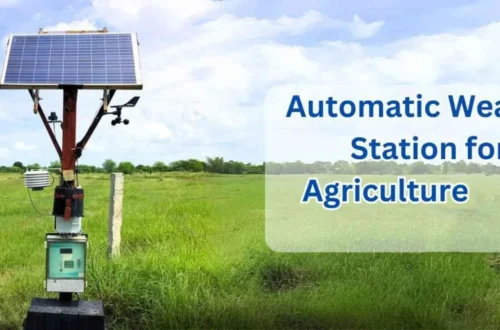Welding Techniques for Beginners

# Welding Techniques for Beginners
Introduction to Welding
Welding is a fabrication process that joins materials, usually metals or thermoplastics, by causing coalescence. For beginners, understanding the basics of welding is crucial before diving into more complex techniques. This article will cover fundamental welding techniques to help you get started on your welding journey.
Common Types of Welding
1. MIG Welding (Metal Inert Gas)
MIG welding is one of the easiest types of welding for beginners to learn. It uses a wire welding electrode on a spool that is fed automatically at a constant speed. The arc is created between the wire and the metal workpiece, melting both to form a joint.
2. Stick Welding (Shielded Metal Arc Welding)
Stick welding is a manual arc welding process that uses a consumable electrode coated in flux. It’s versatile and can be used for welding many types of metals in various positions, making it popular for repair work and construction.
3. TIG Welding (Tungsten Inert Gas)
TIG welding is more complex than MIG or stick welding but produces high-quality, precise welds. It uses a non-consumable tungsten electrode and requires both hands – one to hold the torch and the other to feed the filler metal.
Essential Safety Equipment
Before starting any welding project, proper safety equipment is mandatory:
- Welding helmet with proper shade lens
- Fire-resistant jacket or apron
- Heavy-duty gloves
- Safety glasses
- Steel-toe boots
- Respiratory protection when needed
Basic Welding Techniques
1. The Drag Technique
In this method, you drag the welding gun or electrode holder along the joint. It’s commonly used in MIG welding and provides good penetration with less spatter.
2. The Push Technique
Here, you push the welding gun away from the weld puddle. This technique often results in a flatter weld bead with less penetration but better visibility of the weld puddle.
3. Weaving Technique
This involves moving the electrode in a side-to-side motion while progressing along the joint. It’s useful for wider joints and helps distribute heat more evenly.
Tips for Beginner Welders
Here are some helpful tips to improve your welding skills:
- Practice on scrap metal before working on actual projects
- Maintain a consistent travel speed
- Keep the proper angle between the electrode and workpiece
- Clean the metal surface thoroughly before welding
- Start with simple joints before attempting complex ones
- Learn to read the weld puddle – it tells you about penetration and speed
Keyword: Welding
Common Welding Mistakes to Avoid
Beginners often make these mistakes:
- Incorrect electrode angle
- Traveling too fast or too slow
- Using wrong amperage settings
- Poor joint preparation
- Inadequate safety precautions
- Not cleaning the metal properly
Conclusion
Welding is a valuable skill that takes time and practice to master. By starting with these basic techniques and following safety protocols, beginners can develop their welding


